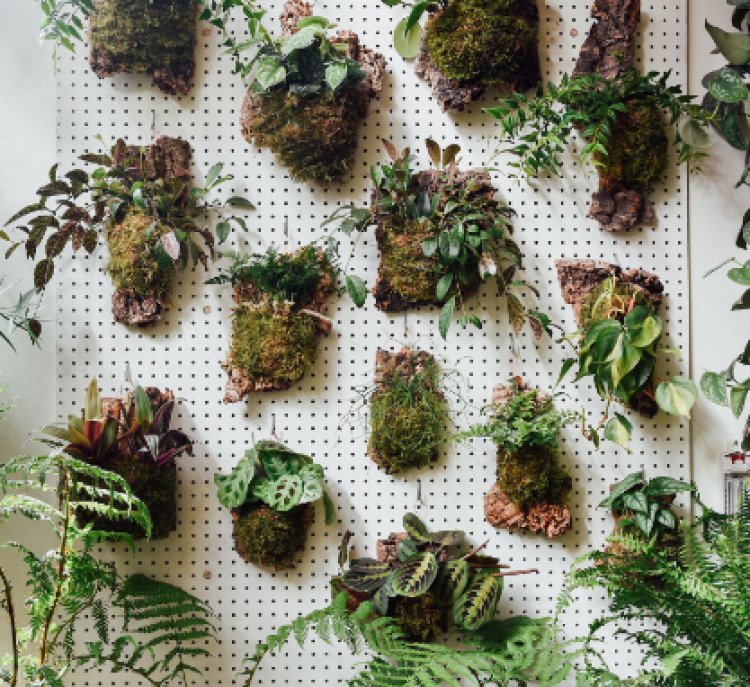Beginner Guide to Indoor Gardening
Soil, fertilizer, location, water, light, humidity, and temperature all play crucial roles in the growth of plants when it comes to indoor gardening. The plants might not grow as expected if the necessary components are not present in the right quantities.

Factors to consider in indoor gardenening
Location
Plants can be easily grown into healthy ones; they just need the correct environment. Select a location indoors that receives enough direct or indirect sunlight. Some plants could just need a small amount of sunshine, whilst others need it to survive. It could be difficult to find natural light indoors. Choose your plants based on how much light they demand. Find the ideal location for your plants by shifting them about to see where they best thrive.
Soil
Light, fluffy soil that can quickly absorb water and drain well is necessary for indoor plants. Lightweight soil is best for hanging plants that won't receive any direct sunlight, while medium-weight soil is preferable for plants that will be in direct sunlight. The soil's ability to retain water is determined by its texture. A lighter soil easily drains. So, take your plant arrangement into account while choosing your potting soil.
Watering

One of the most crucial aspects of gardening is watering. Every plant has distinct watering requirements; some like less water, while others demand more. When you see that your plants are getting too dry, water them. By sticking your finger into the soil, you may even determine the level of soil drainage. Don't overwater your plants, but keep them hydrated.
Fertilizers
Organic fertilizers should be used on a regular basis for indoor plants. When you see that your plants are rapidly drying up and dying, repot them and use a healthy potting material. Your plants will benefit from an additional supply of nutrients to remain healthy even while they are housed.
The different types of indoor gardening
Raised beds

To cultivate tiny vegetables and herbs in a corner of your yard, raised beds are ideal. Create raised beds with potting soil and plant vegetables like broccoli, tomatoes and more. Just make sure the base on which you are constructing raised beds is waterproof and won't damage the building's construction.
Container gardening
Planting in a container, such as a pot, plastic buckets, terra cotta/clay, and ceramic pots, concrete and wooden planter boxes, wooden barrels, or a sack, is the most common method of indoor gardening. Make careful to poke some holes for proper water drainage if you plan to reuse containers from your house. Keep a tray underneath your pots to prevent spills of extra water. As your plants grow, keep switching out the pots to give the roots the space they require. Get to know more about container gardening here.
Hydroponics
Another excellent method for growing plants indoors is hydroponics. It is a technique for growing plants without soil or gravel, but with the help of beneficial nutrients and water-growing techniques. You can grow your plants much more quickly than the traditional way by employing the hydroponics technique. The plants have easy access to all the nutrients they need to flourish which are absorbed from a medium and not soil. Learn more on hydroponics here.
Wall plants
Additionally, people grow edible plants on their walls, turning them into indoor gardens. To supply the plants with a constant flow of water, use irrigation tanks or the dripping water technique. These walls can be filled with plants like lettuce, strawberries, peas, or herbs to create a stunning indoor garden. This is an excellent method to make your home more environmentally friendly is using living walls.
Microgreens indoors
You can grow some microgreens indoors in addition to the vegetables and herbs in your indoor container garden. Microgreens are a good complement to salads, sandwiches, and other foods since they grow quickly and require little work. Microgreens can be successfully grown on your window sill, under filtered sunlight, or under artificial lighting. Find out about the different types of microgreens.


























